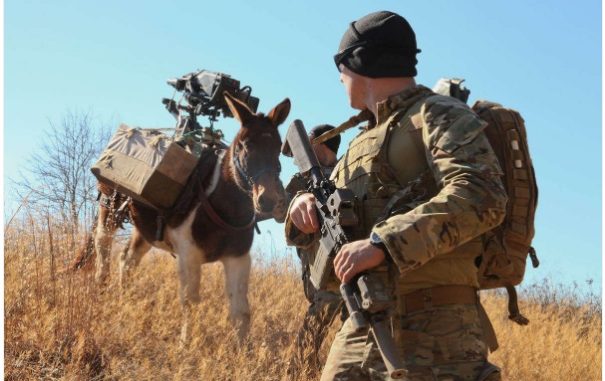Back in the 1970, I did a lot of backpacking in conjunction with being a Scouting leader, and a family camper. Back then, there was neither the degree of selection, nor the wealth of specialized knowledge, let alone a lot of the materials in use currently. I read up on Backpacker Magazine, and then set about cobbling something up on my own. I made a pair, another one for my Wife, but actually a backup if I was going alone and my pack was Not Serviceable.
Years later, my Wife was showing pictures of our hikes to a coworker and he wanted to know where we got our packs. He bought the pair. I continued to serve as an Adult Scouting Leader over most of what became a span of about forty years, finally ending with my wife's lengthy hospitalization in 2006.
Most of what I did has been surpassed, but a few basic principles still probably apply, maybe even more.
Keep the load higher and closer to the body. Distribute the load contact with the back, I used mesh to do this; in the heat, that removed a lot of physical stress.
Split the load between the shoulders and waist, and use broad, padded straps/belt in those areas. Go over the frame connections (my packs were fabricated using screws) to reduce/eliminate noise. I lubed them with beeswax; noise indicates wear, the wax reduces that, but flexibility is a must.
What goes in needs to be indispensable, or dispense with it. I would have the Scouts all unpack and display their contents. If something did not provide at least two solutions to real problems it got left back at the Scout room. If it involved calories, it got left; we did a lot of per-trip meal planning, and snacks were no small part if that. It's sometimes amazing how much Occam got right the first time. Make a plan, stick to it, learn from the mistakes and do it better next time. Mistakes drive lessons home, and expose the hidden flaws; making them is a necessary part of the learning curve, which is supposed to take time. Trying to cover any/all contingencies in advance is not a viable game plan. Go lean, add only what is necessary. Next time.
Some capacity had to be reserved for common gear; if that stuff ended up being hand carried, it was impeding the trip plan. Everybody got a stuff sack, and was responsible for carrying it and its contents securely.
If my pack outweighed 60lb, it was overloaded. These days, I'd set that limit at more like 40lb. F'gosh sakes, what's it the point of more than that, any course is going to provide more than enough wear and tear on the participant without also turning them into a pack mule. When I went into combat in 'Nam, my pack, if I carried one, was a haversack that probably weighed abut 20-30lb depending on whether I was also hauling MG ammo.
More, but probably not germane to this discussion.
Greg






